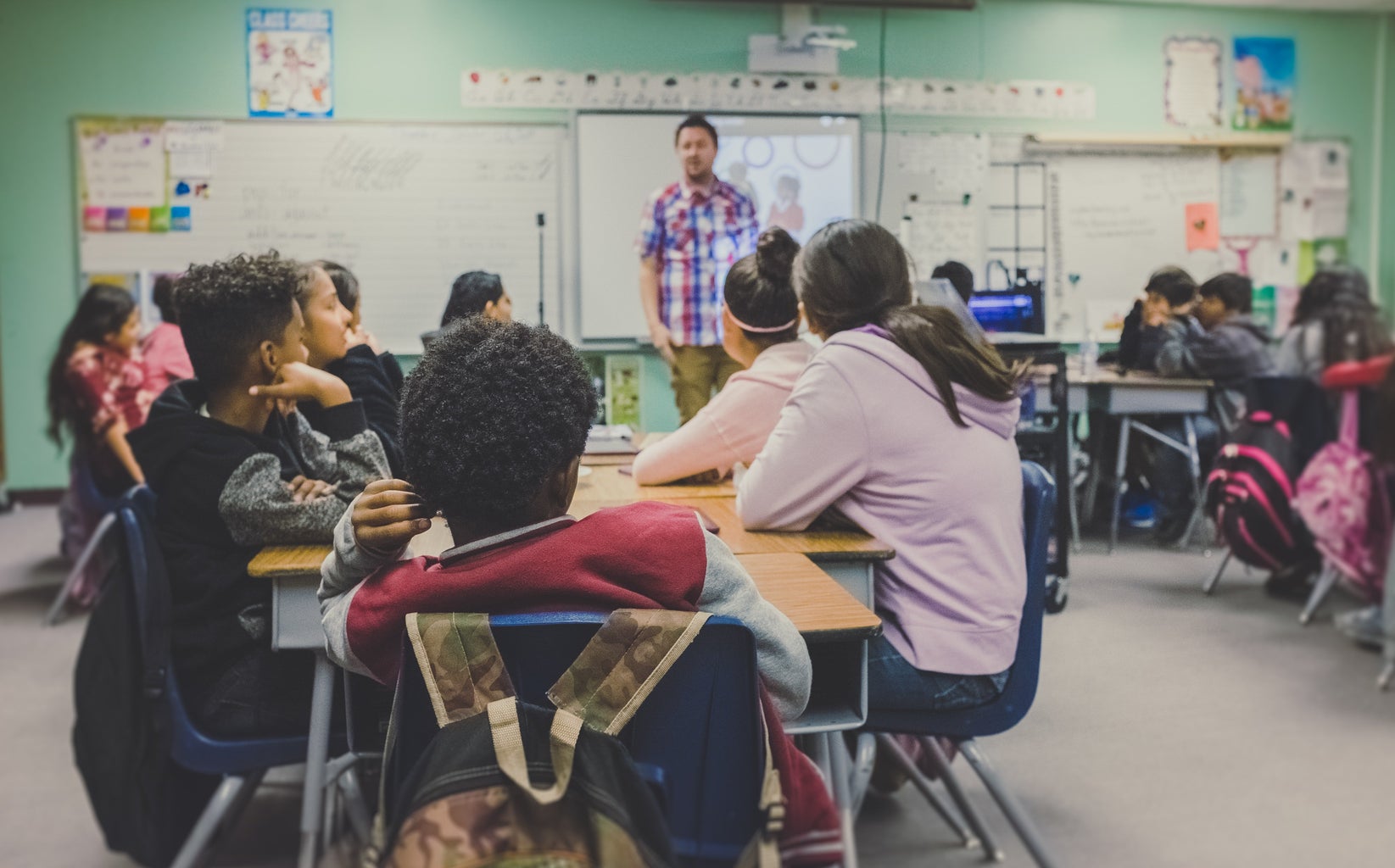I work at a cram school where we teach English speaking skills, and recently I noticed an increase in students. That made me think that when the schools take measures as online teaching or shorter hours at school, only the kids with wealthier guardians can balance their loss by having additional online classes or private teachers. I believe this increases the gap in educational opportunities between rich and poor, especially for elementary students. When I was an elementary student, I didn’t want to study unless I needed to. What if one student has the environment forced to study, such as cram schools, and another who has not? Now that education is less dependent on schools, the educational gap is increasing.
How did COVID-19 affect educational inequality?
A survey was conducted by Mitsubishi against 4,000 households with children from elementary to high school. When comparing the studying hours of students on weekdays, a decrease was confirmed between 2019 to May 2020 in every household because the schools started temporary closures from around March. But for the children of high-income households, their study hours only slightly decreased, in fact, they remained high. This showed the possibility of those children having opportunities to concentrate on their studies out of school while others do not have.
When taking online classes, do you prefer asynchronous classes or synchronous classes? For me, I have less motivation for asynchronous classes. I tend to study more for synchronous classes in need of preparation for in-class discussions; the interaction with other students increases my motivation. The survey also says that the studying hours are more prominent when the children take interactive classes. By May, it shows that 13.4% of children from household income over 8 million yen take interactive online classes, but only 3.3% for children below 4 million yen. This difference is because private and national schools conducted more synchronous online classes when this survey was conducted. The lesser synchronous class makes studying less enjoyable, decreasing motivation to study.
These two survey results cannot explain, on their own, the increase in educational inequality, but the gap increasing is true. So as college students, what can we do?
What we can do
As college students that have done their studies until high school, we can help by volunteering to teach. Now that we are in the midst of a pandemic, we can’t help children face-to-face, and this situation isn’t desirable, but this is the most we can do. Looking at the bright side, now we also have the opportunity to reach out to children who live in remote areas.
I interviewed my friend in the same dorm who has experience volunteering in a study support group called “Kids Door”. She mainly helped junior high students prepare for their high school entrance exams. A teacher gets 1-2 students and has classes on weekends. My friend taught a total of 2 hours a week. The reason she became a volunteer teacher was because of the book she read relating to educational inequality. She said that cram schools teach some tips for the exam that schools don’t teach and wanted to share those with her students.
Online teaching also helps us get the hang of smoother communication and explaining things. Many NPOs are looking for volunteer teachers, and you could be one too.
Data Source: The Nippon Foundation / Mitsubishi UFJ Research & Consulting Survey (日本財団・三菱 UFJ リサーチ&コンサルティング 調査)



